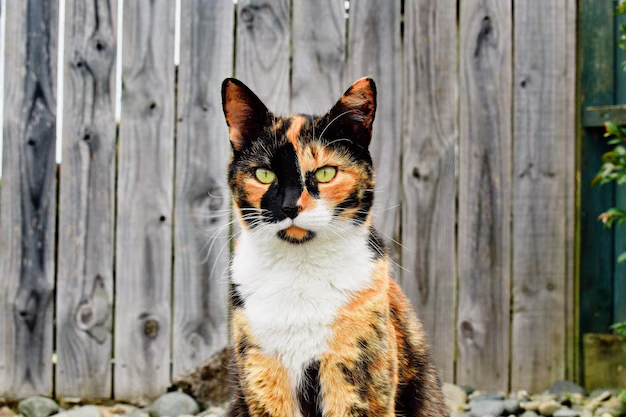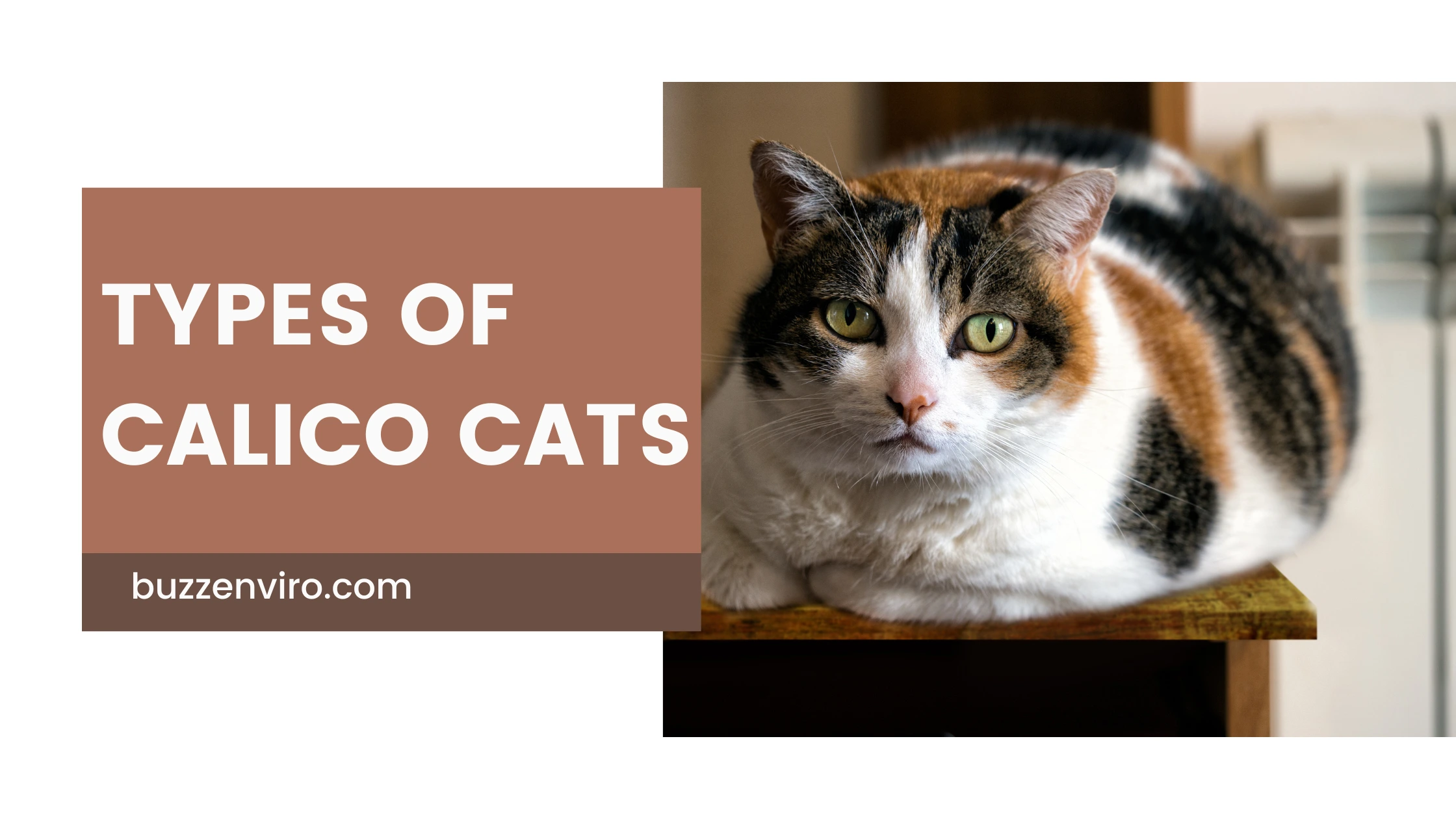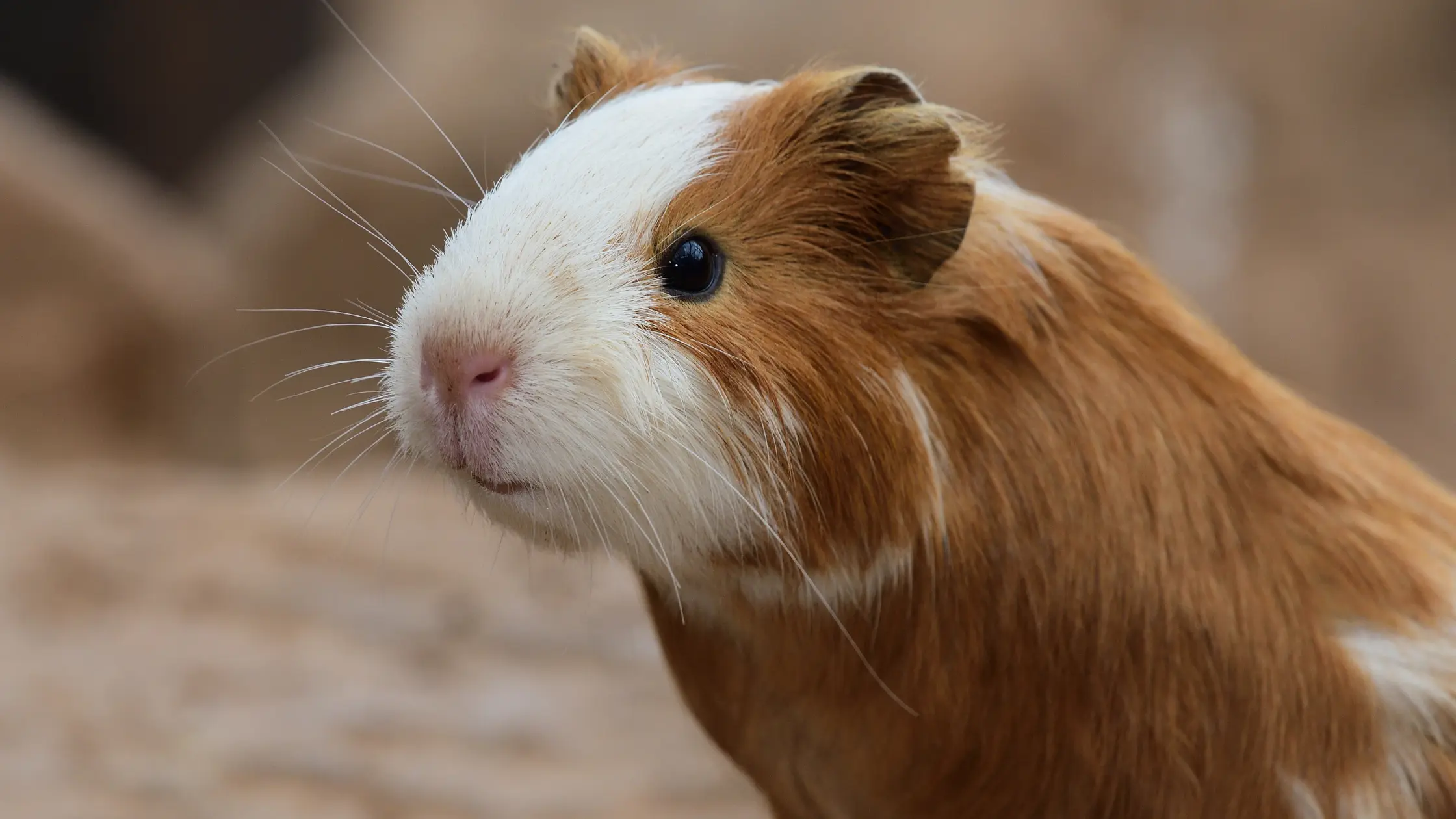Calico cats are among the most beautiful and unique felines in the world. With their striking three-colored coats, they’ve captured the hearts of cat lovers everywhere. But what makes them so special? In this blog, we’ll explore what defines a calico cat, why male calicos are so rare, and dive into the different types of calico cats. Plus, if you’re planning to adopt a calico kitten, we’ll share some cute name ideas to match their vibrant personalities!
What Is a Calico Cat?
A calico cat is not a breed, but a coat pattern characterized by three distinct colors—typically white, black, and orange (or their diluted counterparts like gray and cream). The calico pattern is found in many cat breeds, such as the Persian, Maine Coon, and American Shorthair, and it’s loved for its stunning, varied color combination. This color combination has seen in many cat breeds like American shorthair, British shorthair, Manx, Japanese bobtail, Persian and more. Being a calico cat does not affect the cat’s personality or lifespan, although males tend to live fewer years than females due to chromosomal differences.
The calico coat can range from mostly white with splashes of orange and black to more evenly distributed patches. While each calico cat’s fur is unique, the main trait they share is their three-color appearance. The pattern can also be marked with swirls, spots, or patches, giving each calico a personality that’s as one-of-a-kind as their coat.
Why Are Male Calico Cats So Rare?

Male calico cats are extremely rare, and occur only in about one in 3000 male cat births as they have a genetic abnormality. To understand why, we need to take a quick look at genetics.
The male calico color is determined by the X chromosome. Female calico cats have two X chromosomes (XX), while calico male have one X and one Y chromosome (XY). The genes responsible for the black and orange fur colors are located on the X chromosomes. A female calico needs both an X chromosome carrying the black gene and another X carrying the orange gene, which is why female calicos are most common.
However, in rare cases, a male calico cat can have an extra X chromosome, giving him the XXY chromosome pair. This condition, of calico male cat is known as Klinefelter Syndrome, results in a male calico cat having the genetic makeup necessary for a calico pattern. These male calicos are often sterile and can sometimes face health problems due to the extra chromosome. Because of this genetic anomaly, only about 1 in 3,000 calico cats are male.
So, if you ever come across a male calico cat, consider yourself lucky! They are true rarities.
Types of Calico Cats
Calico cats come in several variations, and the way their colors appear can differ from one cat to another. Here are the most common types of calico cats:
1. Traditional Calico Cat
The classic calico pattern with three colors—white, black, and orange (or their diluted versions, such as gray and cream). These cats usually have large patches of color, with the black and orange contrasting against the white.
2. Dilute Calico Cat:
This variation of calico features softer, pastel colors. Instead of the usual black and orange, the calico’s coat may be made up of gray, cream, and white. Dilute calicos are often seen as a more delicate version of the traditional calico pattern.
3. Tortoiseshell (Tortie) Calico Cat
Some calico cats have a combination of black and orange fur without the white, creating a “tortoiseshell” look. Tortie calicos may still be considered calicos if they have similar multi-colored patterns.
4. Tri-Color Cat Male:
While male calicos are rare, male cats with a tri-color coat (black, white, and orange) are even rarer. These male cats typically have the rare XXY genetic condition and often display the same distinctive multi-colored markings as female calicos.
The Special Appeal of Calico Cat
In many cultures, calico cats are considered symbols of good luck and known as “money cats”. In Japan, for example, the Maneki-Neko (beckoning cat) is often depicted as a calico cat and is believed to bring prosperity and happiness. Their colorful coats and unique genetic makeup make them a standout in the cat world.
If you’re thinking about adopting a calico kitten, be prepared to welcome a cat that’s not only visually stunning but also has a lively and sometimes quirky personality. Calicos are often described as independent, playful, and affectionate, though they can be a bit feisty at times!
Also read:- Different Types of Colorful Parrots
Names for Calico Cats
Choosing a name for your calico cat is a fun way to express their vibrant personality and beautiful coat. Here are some name ideas to consider:
- Autumn: A fitting name for a calico with warm orange and brown hues.
- Patches: Perfect for a calico with distinct patches of color.
- Mosaic: Because their coats resemble an intricate, colorful work of art.
- Callie: A cute and simple name derived from “calico.”
- Marble: For the marbled, swirled patterns that sometimes appear in their coats.
- Tiger: A strong name for a bold calico with striking colors.
- Peaches: A sweet and soft name for a calico with lots of orange or cream.
- Smokey: Ideal for a calico with gray tones in her coat.
Conclusion
Calico cats are not only visually stunning but also incredibly unique, making them a beloved choice for cat owners worldwide. From their distinctive tricolor coats to their rarity, especially in male cats, calico cats are truly one-of-a-kind. If you’re lucky enough to adopt one, you’ll be getting more than just a cat—you’ll have a rare, beautiful companion with a personality as vibrant as her coat.
Whether you’re looking to adopt a calico kitten or simply admire their beauty, calico cat bring a touch of color and luck to any home. but also a calico cat can be killed by anything like fighting with animals, harmful foods so it’s your responsibility if you buy it take care as a family member.






